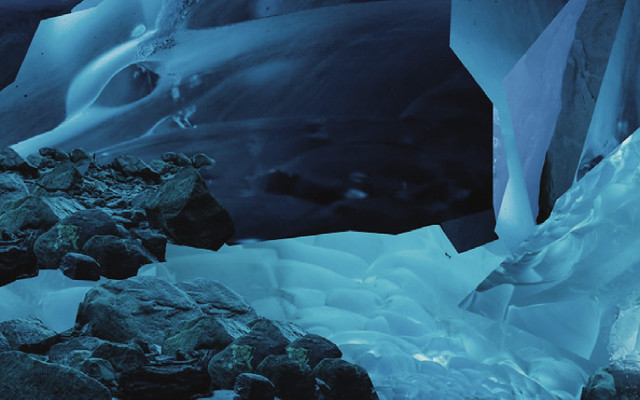Meltwater is water released by the melting of snow or ice, including glacial ice, tabular icebergs and ice shelves over oceans. Meltwater is often found in the ablation zone of glaciers, where the rate of snow cover is reducing. Meltwater can be produced during volcanic eruptions, in a similar way in which the more dangerous lahars form.
When meltwater pools on the surface rather than flowing, it forms melt ponds. As the weather gets colder meltwater will often re-freeze. Meltwater can collect or melt under the ice’s surface. These pools of water, known as subglacial lakes can form due to geothermal heat and friction.
Meltwater provides drinking water for a large proportion of the world’s population, as well as providing water for irrigation and hydroelectric plants. Some cities around the world have large lakes that collect snow melt to supplement water supply. Cities that source water from meltwater include Melbourne, Canberra, Los Angeles, Las Vegas amongst others.
(From Wikipedia, June 2018)


